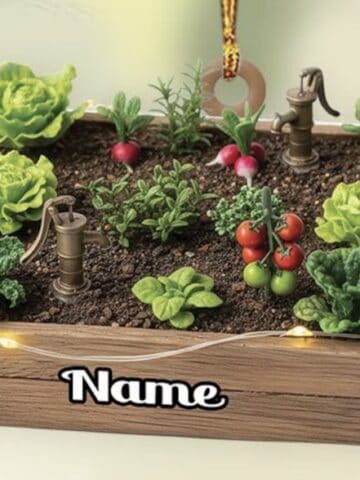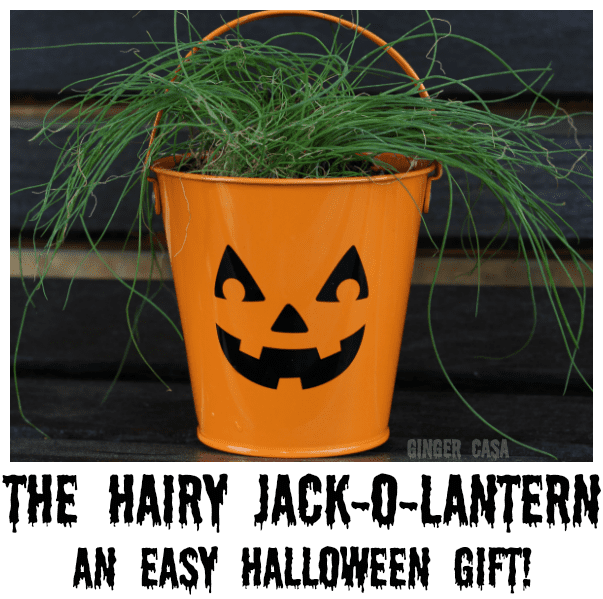Plant it once or every year? A guide to annuals and perennials
When you plan a new flower bed or remake an old one, choosing the right mix of plants can make or break your landscaping. One of the biggest questions gardeners ask is whether to go with annuals or perennials or a combination of both. Hoow do you know what to plant?
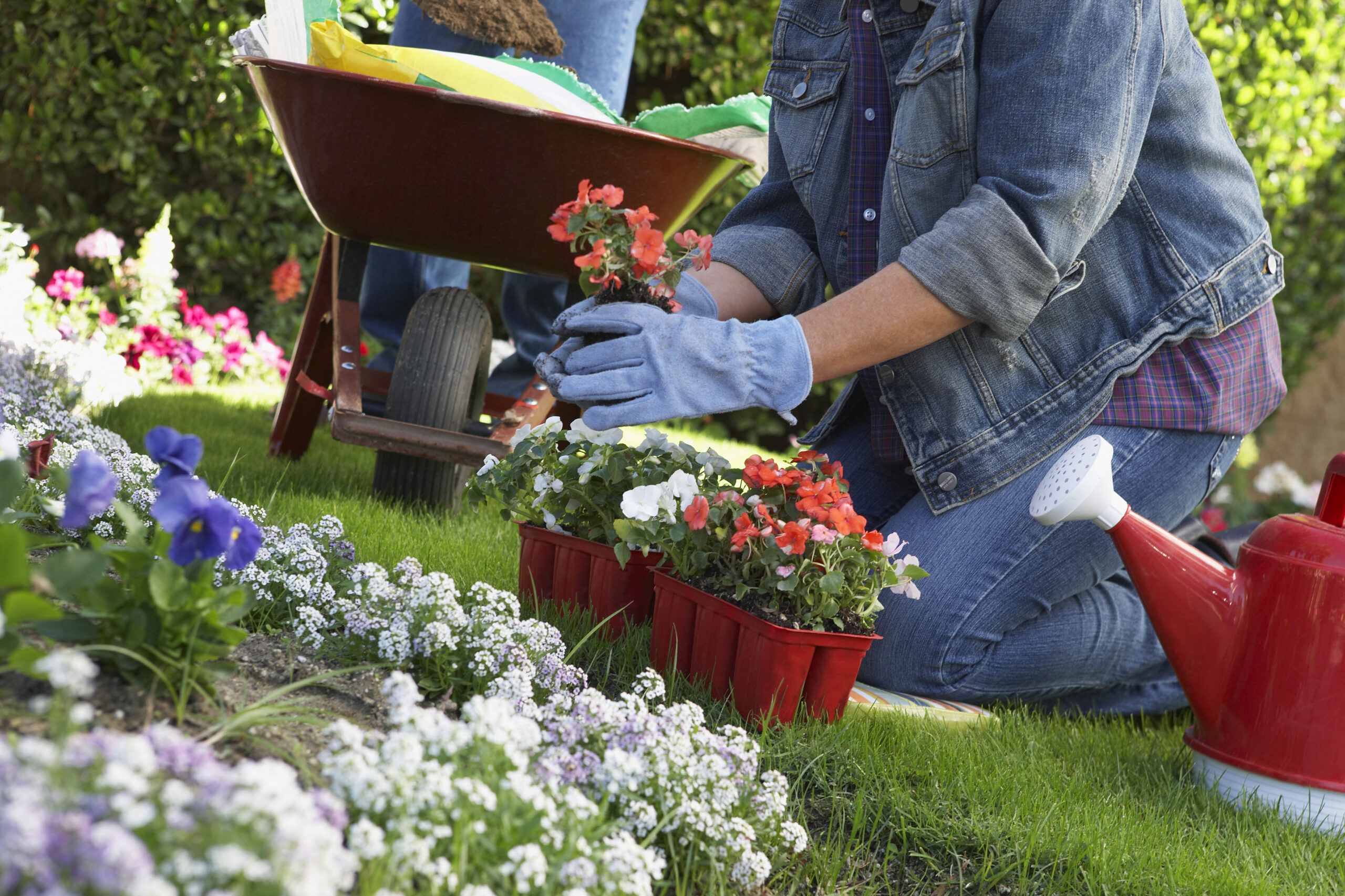
Understanding the difference between the two types of plants is key to getting the garden of your dreams. Whether that's a burst of color that changes each year or a bed that fills out more fully over time with less effort down the road, only you can decide, but with a bit of help, of course.
What are annuals?
Annuals are plants that live their entire life cycle from seed to flower to seed again in just one growing season. These are the plants that the big box stores are full of when you go plant shopping in the spring and summer. Their vibrant colors draw you in and compel you to buy them because you can see exactly what they will look like for most of their lives.
Planted early in the spring in greenhouses, they grow quickly, bloom beautifully and then die off when the weather turns cold. For non-stop blooming, a little work deadheading, and a summer of beautiful landscaping are the way to go.
Some of the most well-known annuals include calendulas, petunias, pansies, marigolds, snapdragons and impatiens. You'll often see these plants spilling out of hanging baskets or brightening up window boxes.
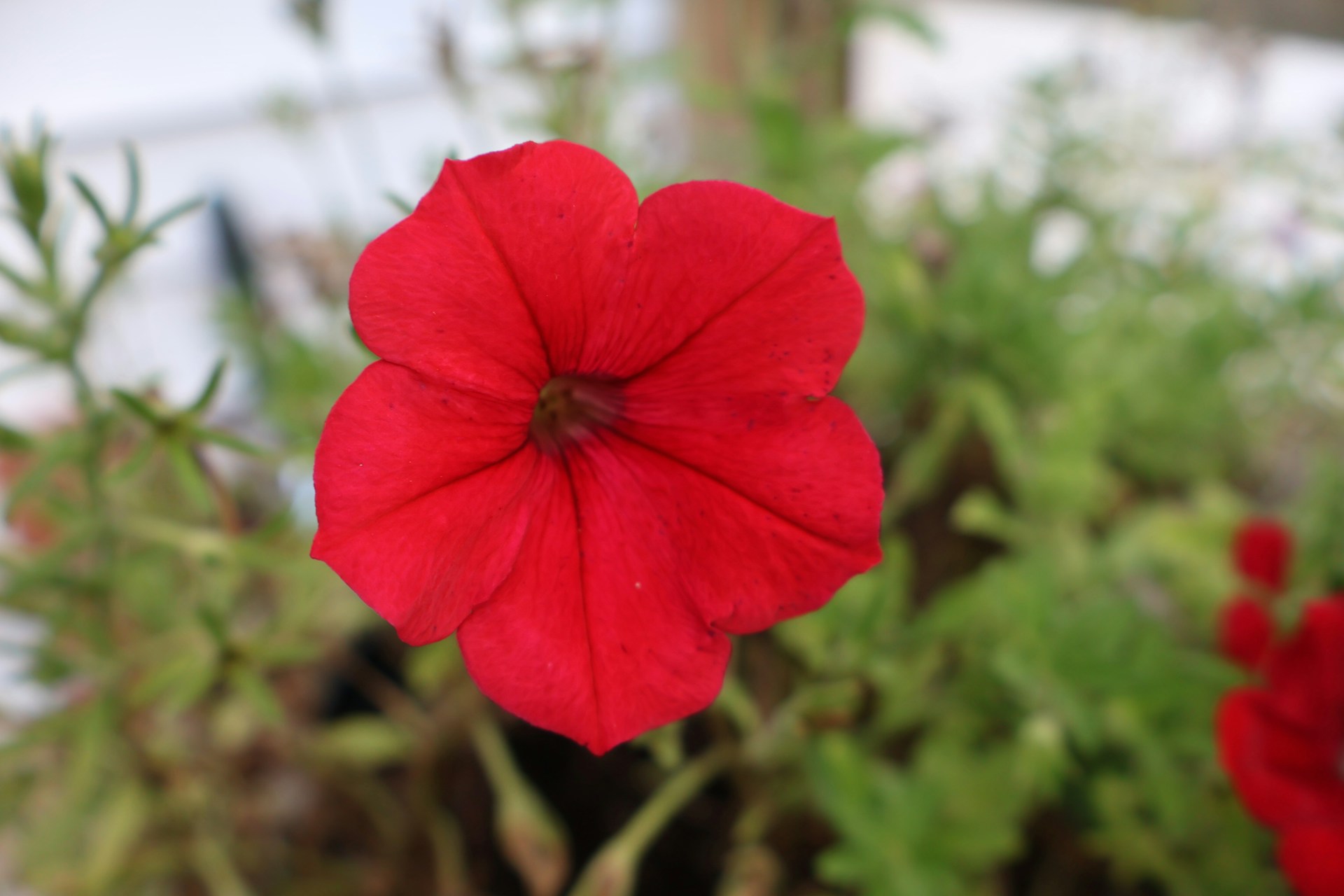
The primary advantage of annuals is the abundance of color they provide. They tend to bloom longer and more heavily than perennials. Giving your flower beds and baskets a constant show throughout the season. Because they're only around for a short time, you can try new combinations each year without long-term commitment. They're perfect for filling gaps and crowding out weeds in flower beds or bringing life to spots where nothing perennial seems to thrive.
It's also worth knowing that some annuals will reseed themselves if left undisturbed. That means you might find volunteer petunias or marigolds popping up the following spring. This isn't guaranteed and depends on your climate and how well the seeds survive the winter. In some cases, planting annuals once can lead to a few years of surprise blooms, especially in garden beds where the soil isn't heavily disturbed.
The drawback to annuals? You have to replant them every year, which means you buy them or start them each season. If you can afford it and you love them, then that is not a drawback.
What are perennials?
Perennials are plants that generally return year after year, growing larger and stronger each season if they're properly cared for. They tend to bloom a bit later than annuals but can be the backbone of a well-designed garden. Common perennials include daylilies, lilies, hostas, peonies, some berry plants and coneflowers. These plants don't just offer beautiful blooms; they also provide structure and stability to your flower beds.
While perennials are planted once and expected to come back each year, they aren't always foolproof. Their long-term success depends on your USDA zone, where you plant them on your property and general care as they age.

Some perennials may not survive a particularly harsh winter, especially if they're planted outside their preferred growing zones. They can suffer from rot, overcrowding or age-related decline even in the right climate. Dividing them every few years can help keep them healthy, but it does require some effort.
Perennials can save time and money in the long run because you typically only have to buy them once. And when they're established, they often need less water and attention than heaving blooming annuals. Plus, planting a garden and growing well is enough for some gardeners.
Starting small is smart
When faced with what to plant in a new garden or a reclaimed garden bed, many gardeners start small. Some more expensive perennials can serve as a base, and added annuals work for pops of color in between the permanent plantings. That way, they get the reliability of a garden that is generally the same year after year, with the flexibility to add or change colors yearly.
As gardens get off the ground, this can be a great way to save money in the long run. Adding one to two dependable plants per year can really help you decide the direction you want your garden to be.
So what's the best for your garden?
Only you can answer that question. The best gardens often include a mix of annuals and perennials. Perennials give you that dependable foundation; plants you can count on to return every year, growing fuller with time. Annuals let you play with new ideas, fill in empty spots and create big bursts of seasonal color. Using both can keep your garden looking full and fresh without starting from scratch every spring.
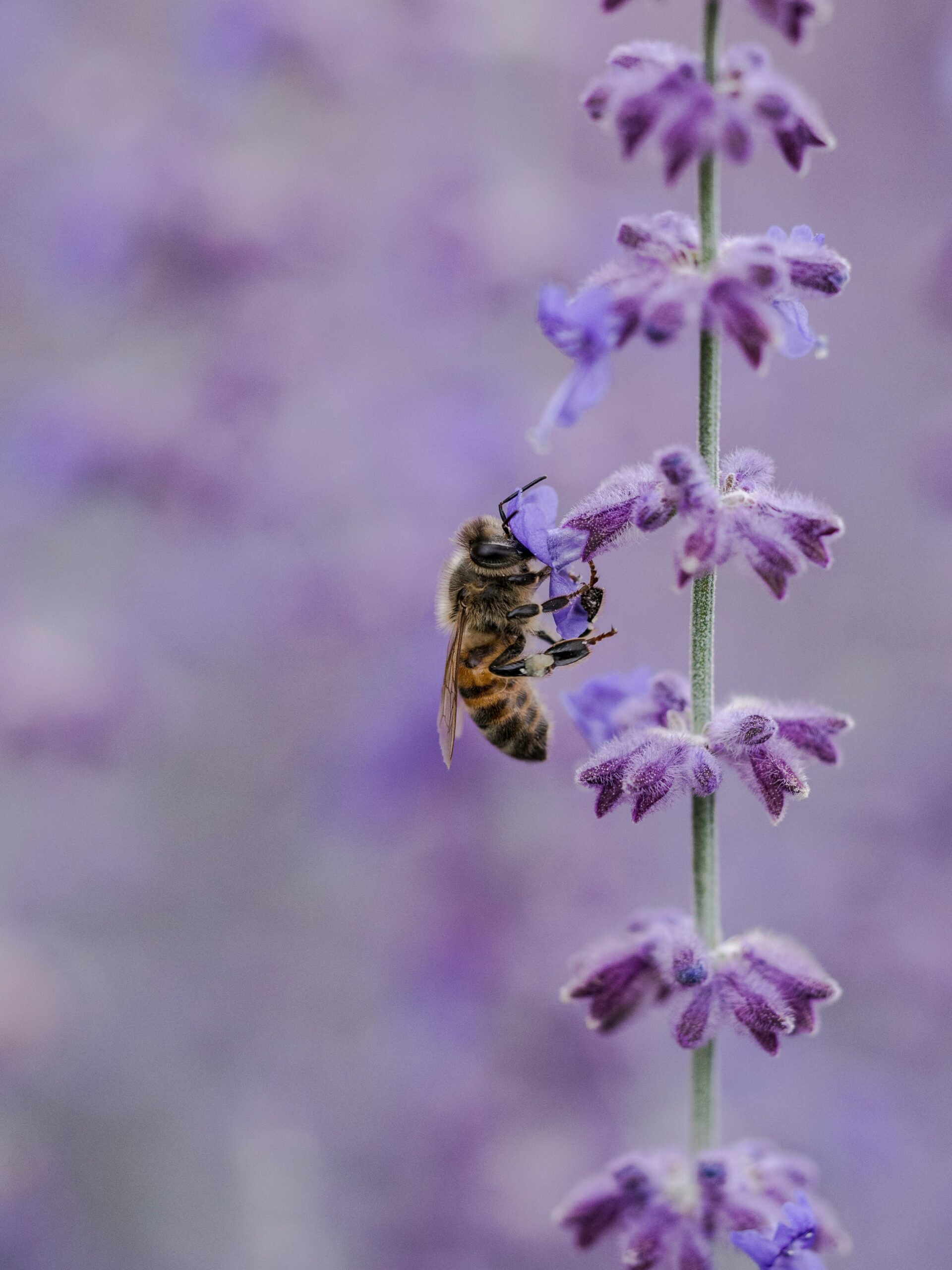
You can make a pollinator garden that will come back every year and the hummingbirds will return to the same flowers!
Your climate zone, soil, local perennials and garden goals should all play a part in what you choose. Annuals might be your go-to if you love variety and don't mind replanting, while perennials could be a better fit if you prefer to plant once and enjoy long-term results. And if you're like most happy gardeners, a mix of the two gives you the best of both worlds in one fresh and lovely garden bed.
Laura Sampson is the writer behind Little Frugal Homestead. She and her husband, Jack, are two Gen-Xers living in a 90-year-old farmhouse in Alaska. They keep chickens and honey bees and grow a garden and small orchard; their dream is to live well within their means on their little piece of land.
This post originally appeared on Food Drink Life.

